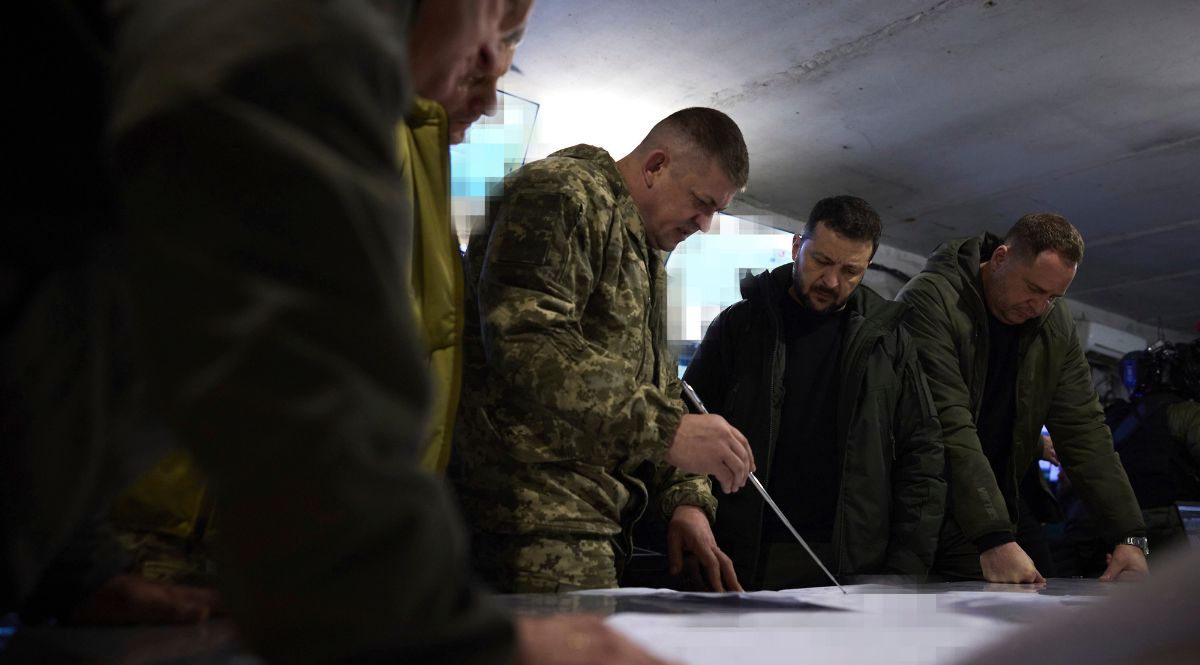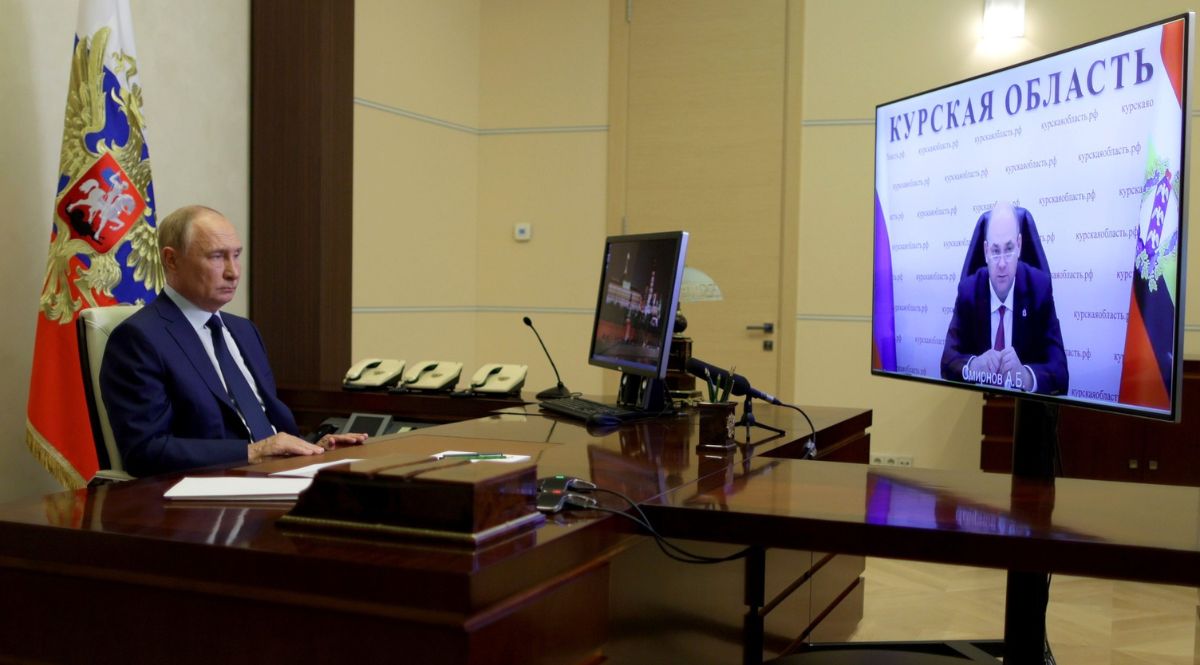U.S. Allows Ukraine to Use Missiles Against Russia
Reports have emerged that the United States is allowing Ukraine to use ATACMS missiles, which have a range of around 300 kilometres, to attack military targets inside Russian territory. Ukraine had been calling for it for many months, but the Biden administration was hesitant, fearing escalation against NATO.
 Ukraine Presidency/Ukrainian Pre / Zuma Press / Forum
Ukraine Presidency/Ukrainian Pre / Zuma Press / Forum
What convinced the White House to change its policy?
The main reason is probably the involvement of North Korean troops on the side of Russia against Ukraine. According to the U.S. State Department, more than 10,000 North Korean troops have been sent to Russia to support its efforts to regain control of the Kursk region partly controlled by Ukrainian forces. North Korea had already transferred significant amounts of artillery munitions and short-range ballistic missiles to Russia, but the deployment of troops is open involvement in the war and a significant escalation. Leaving such a move unanswered could have been viewed as encouraging the aggressors to significantly increase the North Korean contingent and deploy some forces directly to the frontline in Ukraine. That could make it easier for Russia to defeat the Ukrainian troops in the Kursk region. The extra personnel could also help it step up its offensive in the Donbas and seize even more Ukrainian territory. As a result, Russia would be in a better position ahead of possible negotiations on the terms of a ceasefire, expected once Donald Trump takes over the administration in mid-January. In his final weeks in power, Biden may have wanted to strengthen Ukraine's negotiating position and make support for Ukraine his political legacy.
What military and political significance could the U.S. decision have?
The military significance will depend on the targets that Ukraine will be allowed to attack. ATACMS missiles have a range of about 300 kilometres and, depending on the type of warhead, can be used to attack groupings of soldiers, command centres, or equipment and armament depots. The U.S. may, for example, authorise attacks on targets supporting North Korean military activity in the Kursk region. Depending on the scale of such attacks, this could hamper the attempts to defeat Ukrainian troops. It is also possible that the missiles could be used to attack targets in the rear of the Russian troops conducting the offensive in the Donbas, which could create problems for their logistical support. The military significance may be limited by the small number of missiles (probably dozens) that the U.S. has delivered to Ukraine. However, the decision has significant political significance. It may open the way for the use of British Storm Shadow and French SCALP missiles, which were also delivered to Ukraine, to attack targets inside Russia. The new U.S. administration may be also in a better position to pressure Russia during possible ceasefire negotiations, as it will be able to threaten it with increasing the scale and scope of such attacks.
What might Russia's response be and how does the U.S. decision affect the risk of escalation?
Russia is trying to convince the U.S. and other Western countries that the risk of direct confrontation with NATO and the use of nuclear weapons by Russia has increased. The Russian Foreign Ministry warned that the U.S. decision amounts to the direct involvement of the United States and its allies in hostilities against Russia. On Tuesday, Putin signed an updated nuclear doctrine that indicates the possibility of using nuclear weapons in the event of a conventional air and missile attack on Russian territory carried out with the support of a nuclear power. Since the beginning of the aggression against Ukraine, Russia has used threats of escalation against NATO, resorting also to nuclear threats. In doing so, it is trying to influence the threat perception of Western societies and leaders to reduce their support for Ukraine. Russia has repeatedly threatened that the transfer of various Western weapons to Ukraine would be treated as crossing “red lines” and that it considers the U.S. and other countries as directly involved in the war. These threats arguably influenced the scale and speed of the transfer of aid to Ukraine, but ultimately did not stop the U.S. and other states from providing Ukraine with increasingly sophisticated weapons systems, including Western-made tanks, advanced rocket artillery systems (HIMARS), or fighter aircraft (F-16s). Russia has responded by escalating attacks against Ukraine (mainly against critical infrastructure and civilian targets also located close to NATO borders) and an unprecedented increase in hybrid attacks, including sabotage against Alliance countries. Currently, the U.S. is clearly trying to minimise the risk of direct military escalation against NATO. Therefore, it has not officially confirmed the authorisation to use the missiles to attack targets inside Russian territory. The U.S. may also have conveyed to Russia through various diplomatic channels that the use of missiles is a response to its escalation, but that it will be limited.



.jpg)

.png)